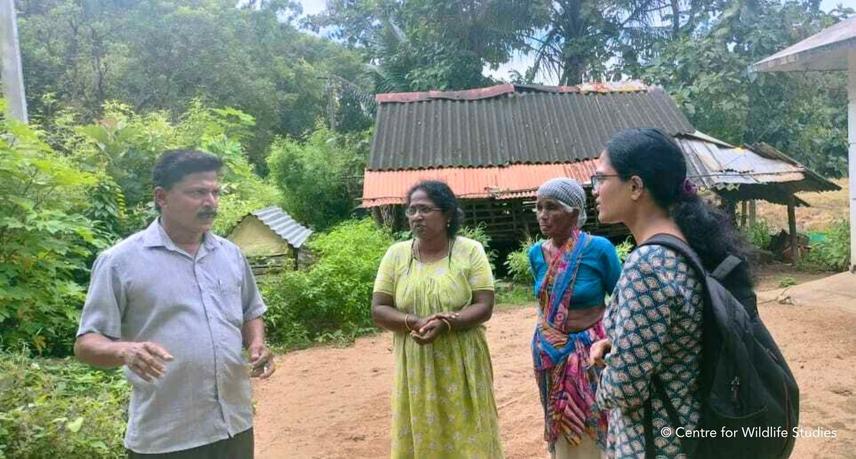Aishwarya Anilkumar
Asian elephants have long and close associations with humans, serving as fascinating cultural symbols, deities, and working animals for centuries. The Asian elephant, Elephas maximus, classified as an endangered species, is imperiled by forest habitat destruction and degradation, along with human-elephant conflict, poaching, and illegal ivory trade. Owing to its increasing severity and complexity, human-elephant conflict is one of the primary concerns in wildlife management. These conflicts result in economic losses, injuries, and loss of life, emphasizing the urgent need for effective mitigation strategies. An average of 100 elephants and over 400 humans lose their lives annually in India as a result of human-elephant conflict. Hundreds of human injuries and approximately 500,000 families are affected by crop raiding every year. Therefore, understanding and addressing these conflicts is crucial for managing human-elephant conflict and fostering coexistence.

A local community member recounts a close encounter with an elephant in Palakkad, Kerala. © Ajeena Reji/Centre for Wildlife Studies.
Mitigating human-elephant conflicts requires collaboration, innovation, and a deep understanding of ecological and social dynamics. My research explores a multi-faceted approach to understanding human-elephant conflict management in the Southern Western Ghats with two objectives:
1. Determining the willingness of locals to participate in community-based human-elephant conflict management initiatives.
2. Assessing the dissemination of information and perception of elephants in the community and identifying the key nodes and social influence on human-elephant conflict mitigation and management using social network analysis.
This research intends to assess the community's readiness to engage in community-based initiatives for managing human-elephant conflicts, which aids in identifying the landscapes where such initiatives are viable and in understanding the factors influencing their willingness to participate. Assessing the locals' willingness and the factors that play a role will help in designing effective conservation initiatives that cater to the right needs of communities in the study landscape.
The study explores the social network of the community and its role in conflict management. Social influence and key nodes in conflict management can be identified alongside assessing the information flow about the elephants in human habitation and the variation of perception of elephants in the community. This understanding will help improve the effectiveness of communication for conflict management and evaluate perception patterns within communities. This knowledge can aid in developing effective human-elephant conflict management strategies and programs that promote coexistence. The proposed research essentially aims to contribute to conservation efforts by fostering a culture of conservation stewardship in the community and thereby promoting the long-term survival of Asian elephants in the Southern Western Ghats.